Setting forth concepts related to weighing and measuring meant developing both practical and philosophical links with the world. When ancient civilizations used seeds produced in the fertile soils of Mesopotamia to establish the first units of weight, the observations they made in relation to the act of measuring created a springboard for civilizations to thrive. The 2nd millennium BC saw the frontiers of discovery advancing along the trade routes between Mesopotamia and Anatolia.
While the fascination with precision in weighing and measuring continued, there was a corresponding migration of myths from the realms of the gods to the land of mortals, and concepts like truth and justice became associated with the balancing of the suspended pans of weighing scales. In ancient Egypt the sins of the deceased were weighed on a set of scales, while in ancient Greek and Roman cultures, the weighing scale was a symbol of justice and an indispensable illustrative element in the depiction of gods and goddesses. In Byzantine society, too, the act of just and accurate weighing resonated deeply with ethical sensibilities and recalled the weighing of souls. And in the Ottoman Empire, precise weighing represented the foundations of trust, not only in trade but also just as notably in religious life.
“Man is the measure of all things: of the things that are, that they are, of the things that are not, that they are not,” proclaimed Protagoras. The endeavor to measure the world with a handful of units brought forth the capacity to recreate it in the abstract. As the measurement of discovery became the substance of myths, weighing and measuring, beyond being mere physical actions, became an important means of self-expression to those captivated by the universe and what lay beyond the boundaries of knowledge.
With a selection of objects from the Suna and İnan Kıraç Foundation Anatolian Weights and Measures Collection, The Art of Weights and Measures aims to explore, through the eyes of civilizations, gods, merchants, master craftsmen, and their apprentices from the 2nd millennium BC to the present day, how weights and measures have shaped economies, cultures, and intercultural relations, their impact on social dynamics of trust, and their journey towards becoming standardized units.
3D Virtual Tour
Exhibition Catalogue

The Art of Weights and Measures catalog, featuring articles and a selection of objects from the Suna and İnan Kıraç Foundation’s Anatolian Weights and Measures Collection, explores, through the eyes of civilizations, gods, merchants, masters and apprentices, the economy, culture, intercultural system relationships and the dynamics of social trust shaped around the weights and measuring instruments used in Anatolia and neighboring regions from the 2nd millennium BCE to the present and the journey of standardization of units and offers a perspective of what has changed and what has remained.

In the second speech of the series, Prof. İlknur Taş will explain, to the extent allowed by the modern concepts we use to perceive our world, the measures and measurements used by the Hittite State and the mathematical concepts that ultimately emerged.

The third talk of the series will explore Roman merchants and bankers’ commercial and financial activities, organizations, and relations with local communities in the province of Asia during the Late Republic and Roman Empire, in light of historical, epigraphical and archeological sources.

Based on the relationship between money and weight measures in Byzantium, this talk aims to examine the weighing devices produced in the 4th-7th century from the perspective of imperial ideology and the state control mechanism, in order to place them within the context of their use.
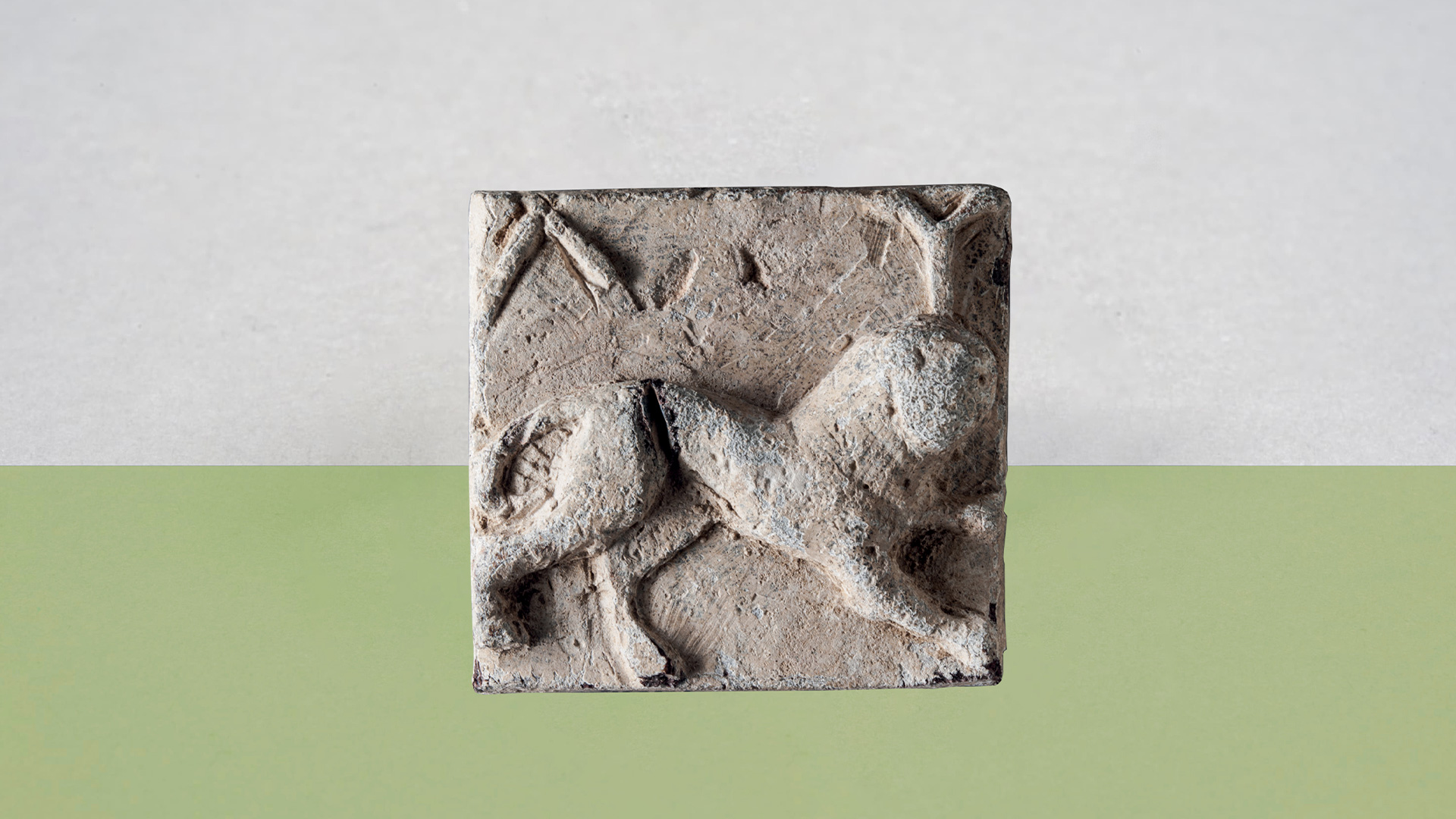
The discussions focus on the marketplaces in the city-states of Anatolia, which were the prominent locations of trade or daily shopping during the Classical, Hellenistic and the Roman Imperial period, and offer a closer look at the goods, scales, weights and coins used in these marketplaces.

In collaboration with the Koç University Suna & İnan Kıraç Research Center for Mediterranean Civilizations (AKMED) and the Istanbul Research Institute, the Suna and İnan Kıraç Foundation Pera Museum presents the Late Roman and Byzantine Coins Seminar for undergraduate and graduate students as part of its Anatolian Weights and Measures Collection. The interdisciplinary seminar aims to equip young researchers working on the history and culture of the Late Roman and Byzantine periods with the necessary theoretical and practical knowledge of numismatics.

The program, which embraces an interdisciplinary perspective to explore the topics of weights and measures often overlooked in the studies on epigraphy, is designed to provide young researchers working on Ancient History and archaeology with the necessary theoretical and practical foundation.
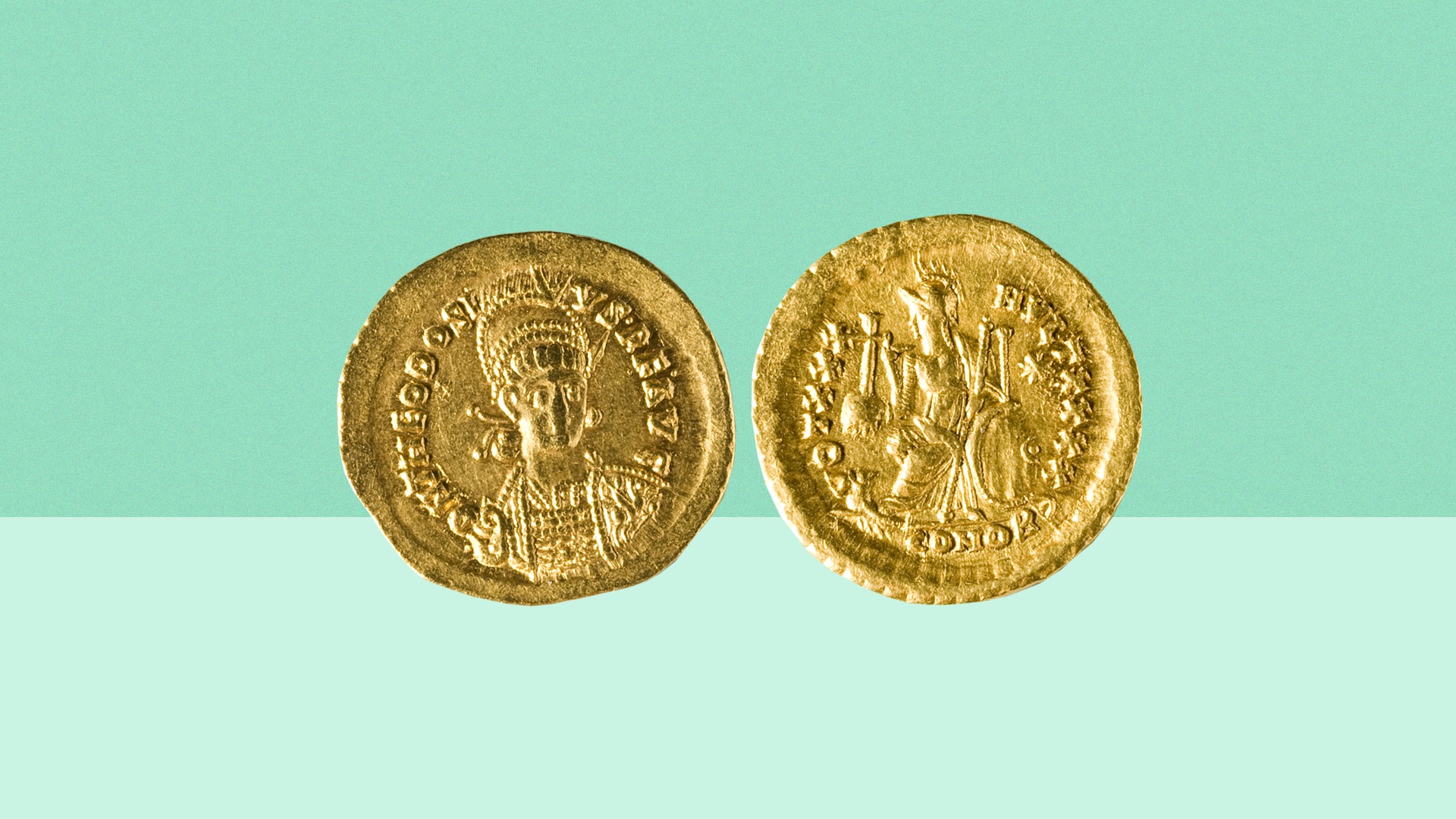
The seminar, which adopts an interdisciplinary approach to the science of numismatics, aims to provide theoretical and practical skills for young researchers working on the archaeology, history, art, and culture of the Late Roman and Early Byzantine periods.
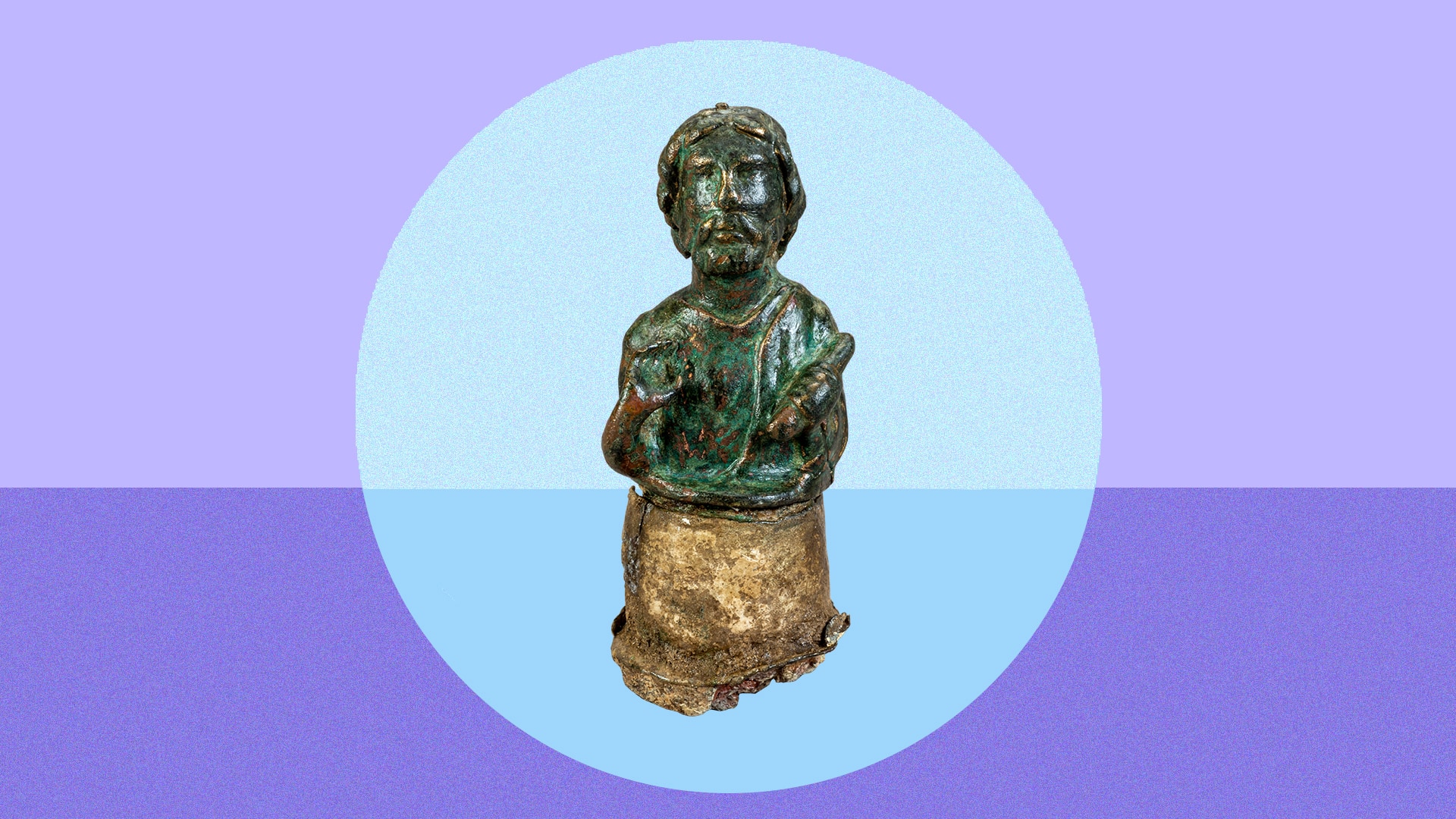
The guided tour explores the Art of Weights and Measures exhibition from a thematic perspective. The tour examines Anatolia's social and economic history spanning four millennia through metaphors shaped around the concepts of weights and measures. Through the exhibited artefacts, participants will have the opportunity to experience the development of these concepts across Mesopotamia, Anatolia, Egypt, the Aegean, and the Mediterranean regions.
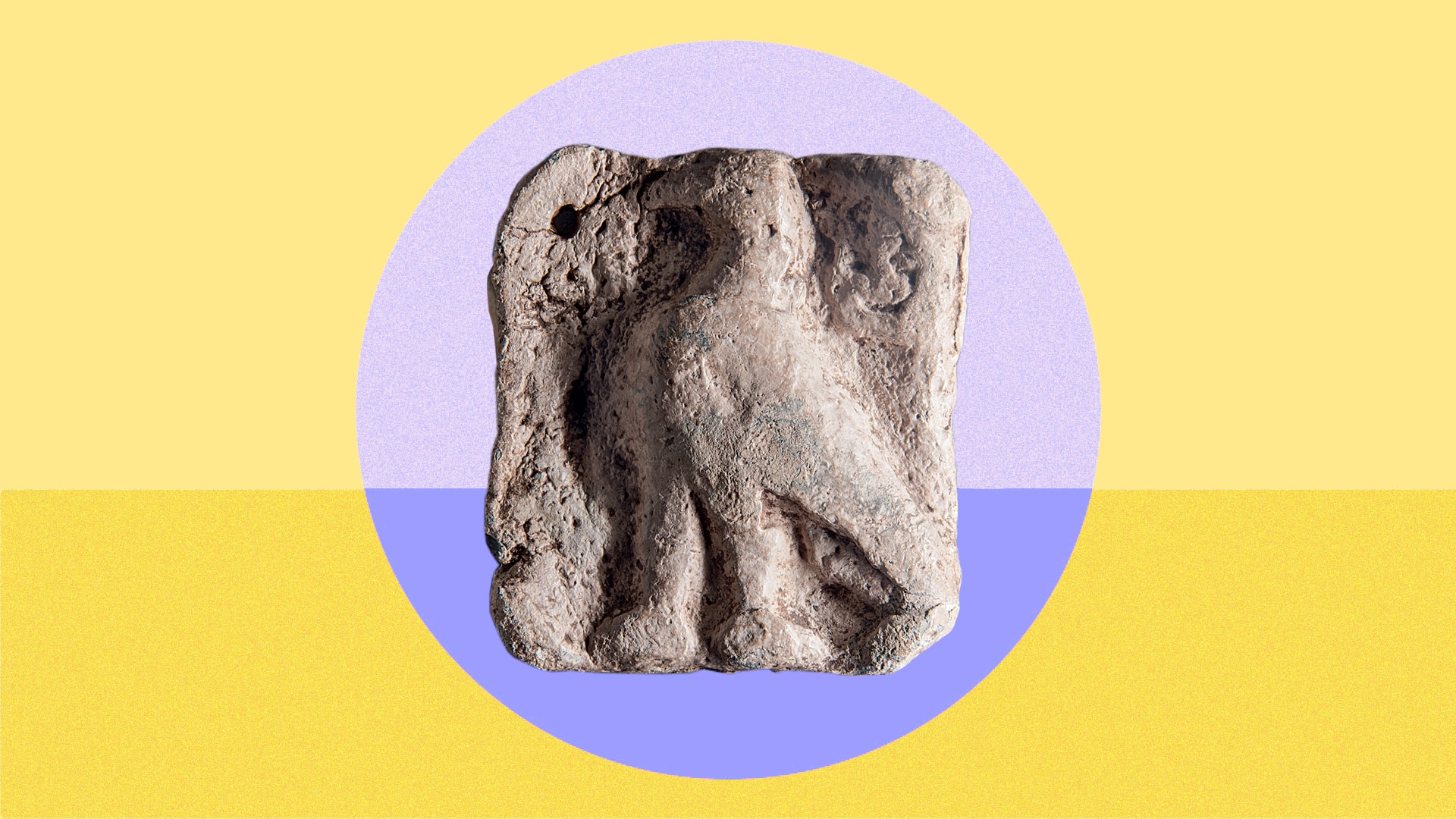
Egyptians weighed the goods on their scales and people’s sins. To the Egyptians, the heart was the source of human wisdom and the centre of emotions and memory. In the rite of the weighing of the heart, the deceased's heart was weighed on the scale against the feather of the goddess Maat, who personified order and truth.
Video
Pera Learning
Pera Museum Learning Programs organizes fun learning programs for adults and children of different ages in parallel with Suna and İnan Kıraç Foundation collection exhibitions.
Pera Museum Learning Programs organizes online and face-to-face guided tours and workshops, as part of its Half-Term Workshops program.
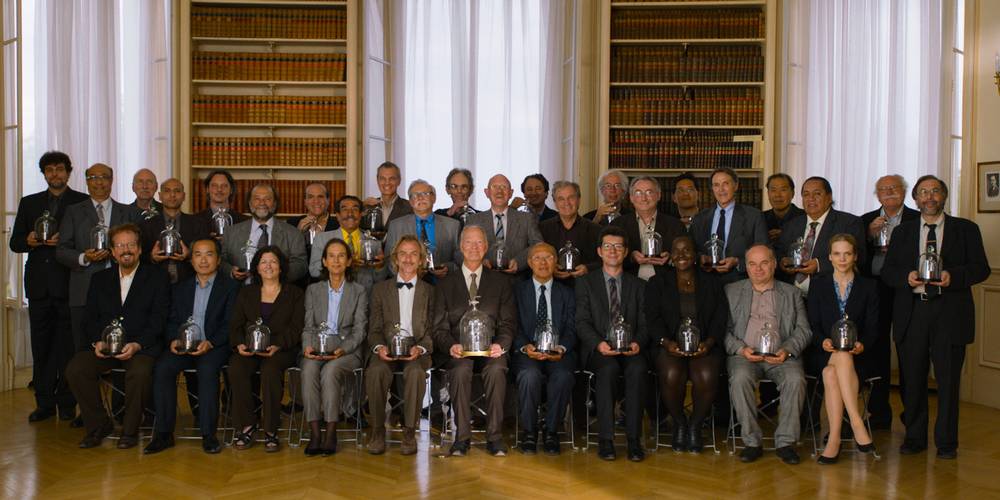
In a bid to review the International System of Units (SI), the International Bureau of Weights and Measures gathered at the 26th General Conference on Weights and Measures on November 16, 2018. Sixty member states have voted for changing four out of seven basic units of measurement. The kilogram is among the modified. Before describing the key points, let us have a closer look into the kilogram and its history.

Although traditionally used as a medium for functional or decorative objects, ceramic has become a medium that is increasingly used by contemporary. Here is the work of some important contemporary ceramic artists from around the world!

The New Year is more than just a date change on the calendar. It often marks a turning point where the weight of past experiences is felt or the uncertainty of the future is faced. This season, Pera Film highlights films that delve into themes of hope, regret, nostalgia, and new beginnings.
Tuesday - Saturday 10:00 - 19:00
Friday 10:00 - 22:00
Sunday 12:00 - 18:00
The museum is closed on Mondays.
On Wednesdays, the students can
visit the museum free of admission.
Full ticket: 300 TL
Discounted: 150 TL
Groups: 200 TL (minimum 10 people)